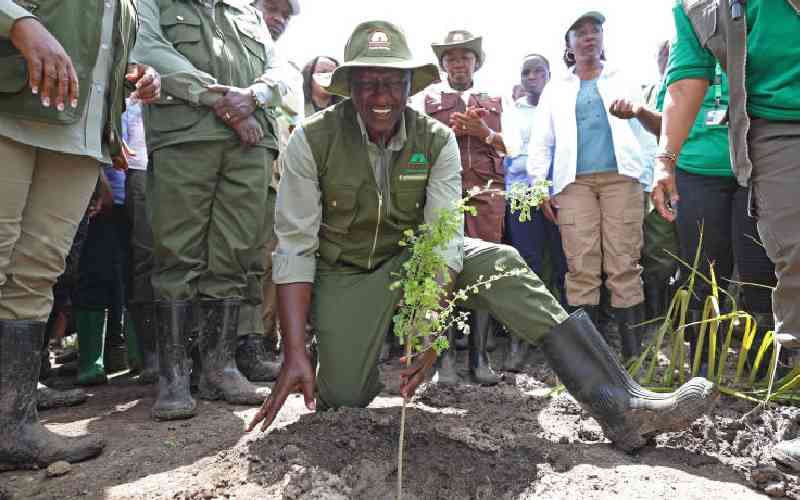×
The Standard e-Paper
Kenya's Bold Newspaper

The government has handed Kenyans another public holiday to plant trees to mitigate the effects of climate change in the country.
President William Ruto declared Friday, May 10, a public holiday to honour victims of floods.